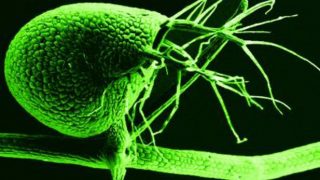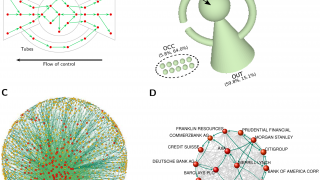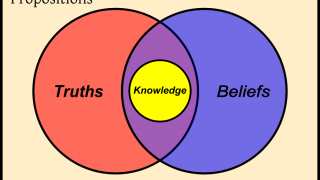
The value of a statistical life
To avoid any confusion regarding the object of study a disclaimer is in order. A statistical life is not a human life. The value of a human life is a concept that cannot be easily defined, if it can at all. I may value my life in such a way that I am willing to […]








